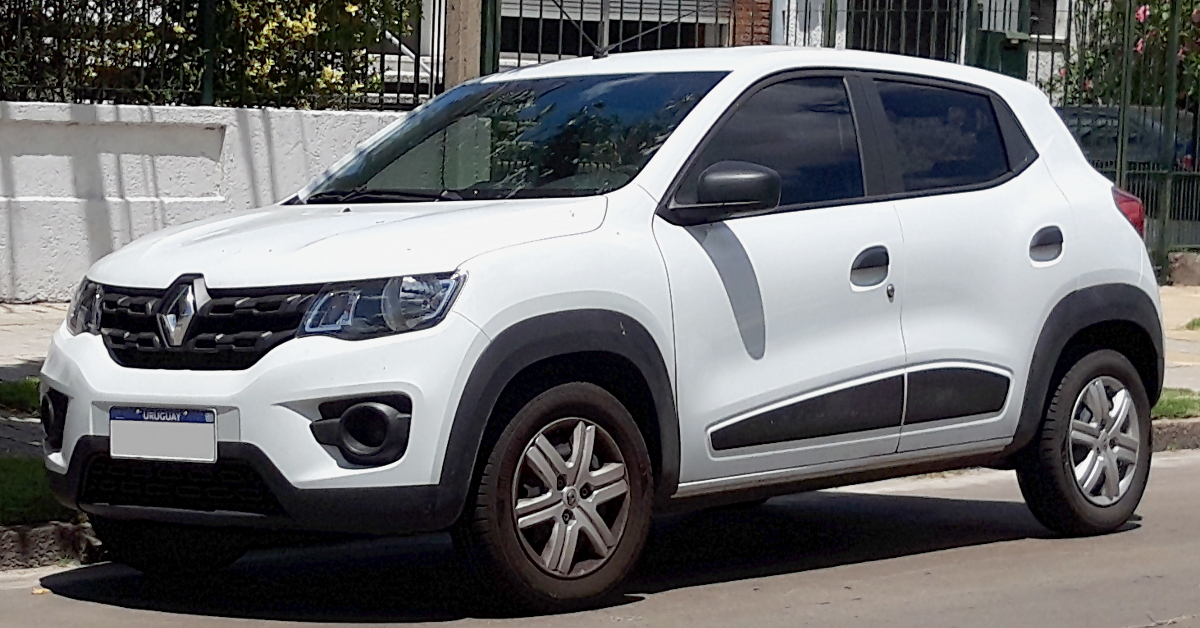Buying a new car is the goal of millions of Mexicans. However, the outlook is not encouraging and it will be more and more expensive to buy the latest model. Currently, in Mexico, there are no new cars in the market with a value of less than $215,000 pesos, roughly $11,000 USD, and the trend is that prices will continue to increase.
Due to inflation and the scarcity of raw materials, the automotive industry has seen the need to increase its prices. However, not all of it is bad news for the consumer, since the reality is that the models available on the market increasingly offer more equipment and safety, so the value increases.
Until not long ago, the big car brands in the country had an entry range whose value did not exceed $200,000 pesos. However, the current situation, mainly derived from the Covid-19 pandemic, changed the landscape and the automakers made the decision to stop manufacturing their “cheap” models and bet on more modern and equipped generations.
According to the consulting firm JD Power, the inventory of vehicles in distributors in Mexico is lower than normal due to interruptions in the global supply chain.
The Mexican Association of Automotive Distributors ( AMDA ) has been warning for months about the shortage of semiconductors whose production was strongly affected by the health contingency and has not yet recovered. What’s more, the association estimates that microchip distribution won’t stabilize until 2023.
The problem with this element is that it is a key part of current and future vehicles. According to the consulting firm KPMG, semiconductors and electronics are the heart of innovation in the sector.
Due to the situation, it is estimated that Mexico stopped producing 60,902 cars between 2020 and 2021. It also stopped selling 303,251 as of 2020.
Although not everything is related to semiconductors. The AMDA has also expressed that there are challenges in areas such as supply chains; raw materials such as steel, aluminum, and plastics; delays in distribution and logistics; and increased costs in sea freight.
Finally, we must add the issue of inflation, which, according to the association, was 8.6% for the automotive industry, which is, higher than that recorded for the basic food needs of the Mexican consumer.
Due to the perfect storm, automakers decided to focus their attention on having available models that would mean a higher profit margin.
Although the outlook is not encouraging, automakers point out that there is a positive side for buyers and that is that, with competition growing, it is necessary to offer better models to justify the rise in costs.
In this regard, according to JD Power, satisfaction with the experience of buying a car in Mexico improved in 2022, going from 869 to 876 (on a scale of 1,000 points).
This responds to the fact that 9 out of 10 buyers of new vehicles in Mexico evaluate different brands before buying a car and, in this sense, the experience with the dealer plays a relevant role.
Therefore, if you plan to buy a new car soon, you can expect not only more equipped models but also a much simpler experience, although it will cost you more.
The cheapest car in Mexico is the Renault Kwid with a starting price of $215,900 pesos. Other models with the cheapest prices on the market are: Hyundai Grand i10 for 230,200 pesos; Dodge Attitude for 235,900 pesos; Nissan March for 245,900 pesos; and Chevrolet Aveo for 247,900 pesos.
Buying a new car is the goal of millions of Mexicans. However, the outlook is not encouraging and it will be more and more . . .












